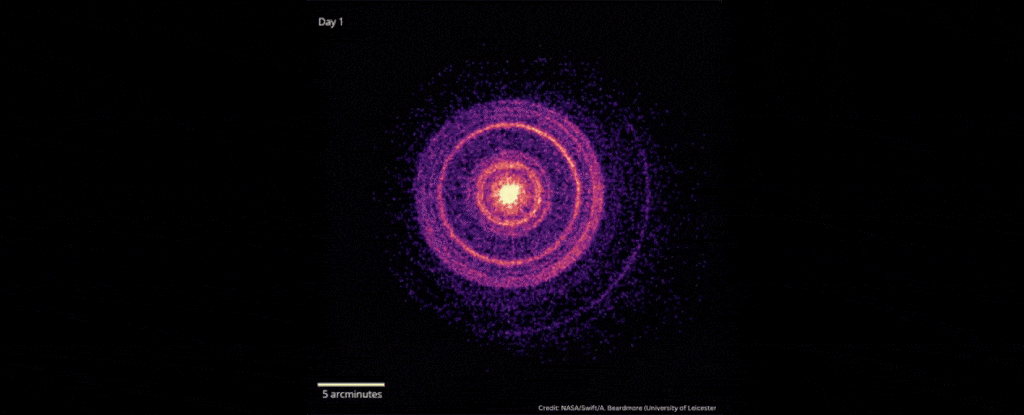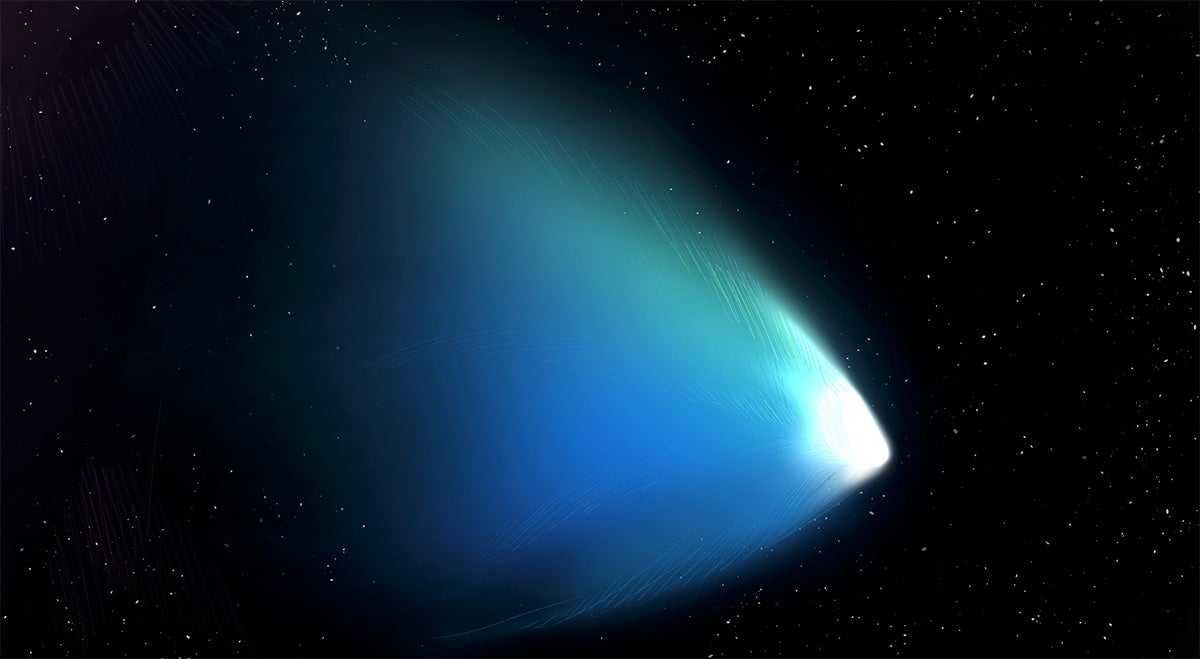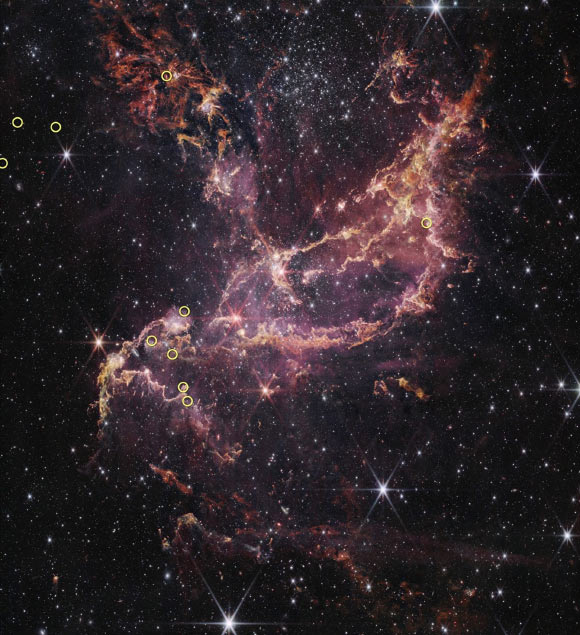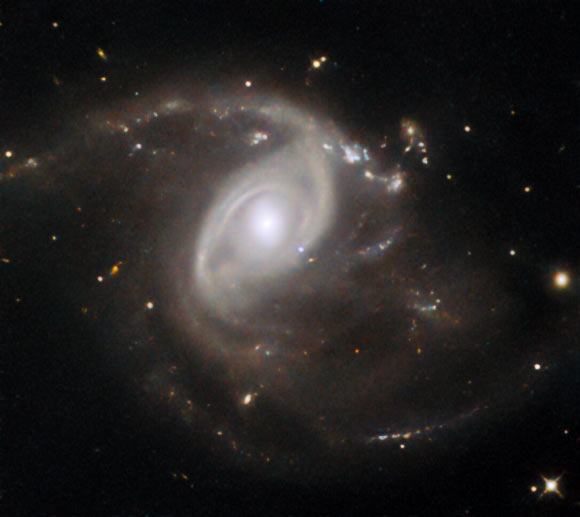
In October 2022, scientists detected the explosive death of a star 2.4 billion light-years away that was brighter than any ever recorded.

Scientists recently discovered that the giant 'conveyer belt' currents that push star-forged material out of our galaxy and pull it back in can also transport carbon atoms.

Collaborative work by amateur and professional astronomers has helped to resolve a long-standing misunderstanding about the composition of Jupiter's clouds.

Taking advantage of a cosmic "double lens," astronomers resolved more than 40 individual stars in a galaxy so far away its light dates back to when the universe was only half its present age.

When examining a still-developing exoplanet in a distant star system, a team of astronomers uncovered a mismatch between the gases in the planet's atmosphere and those within the disk.

A resent study used James Webb Space Telescope to reveal one-of-a-kind attributes of (2060) Chiron, a distant “centaur” in space sharing properties of both a comet and an asteroid, giving clues to our Solar System’s origins.

Theoretical physicists from the Autonomous University of Barcelona in Spain think they might at last have an explanation for why Schrödinger's cat would always appear in a single state once it's observed.

Using the James Webb Space Telescope (JWST), an international team of astronomers has detected a new grand-design spiral galaxy as part of the PANORAMIC survey.

When a magnetar within the Milky Way galaxy belched out a flare of colossally powerful radio waves in 2020, scientists finally had concrete evidence to pin down an origin for fast radio bursts.

Astrobiologists are working to discover universal rules that govern the emergence of complex physical and biological systems on Earth and beyond.

One of the biggest mysteries in science - dark energy - doesn't actually exist, according to researchers looking to solve the riddle of how the Universe is expanding.

In 2003, Hubble provided evidence of a massive exoplanet around a very old star. Such stars possess only small amounts of heavier elements that are the building blocks of planets.

NASA has released a beautiful photo taken by the NASA/ESA Hubble Space Telescope of the spiral galaxy LEDA 22057.

If Earth is going to be blown to bits by an asteroid, it'd be nice to have some advance warning and a newly developed equation gives us a better chance of an early heads up.

Using the Hubble Space Telescope, astronomers homed in on a quasar called 3C 273, some 2.5 billion light-years from Earth.